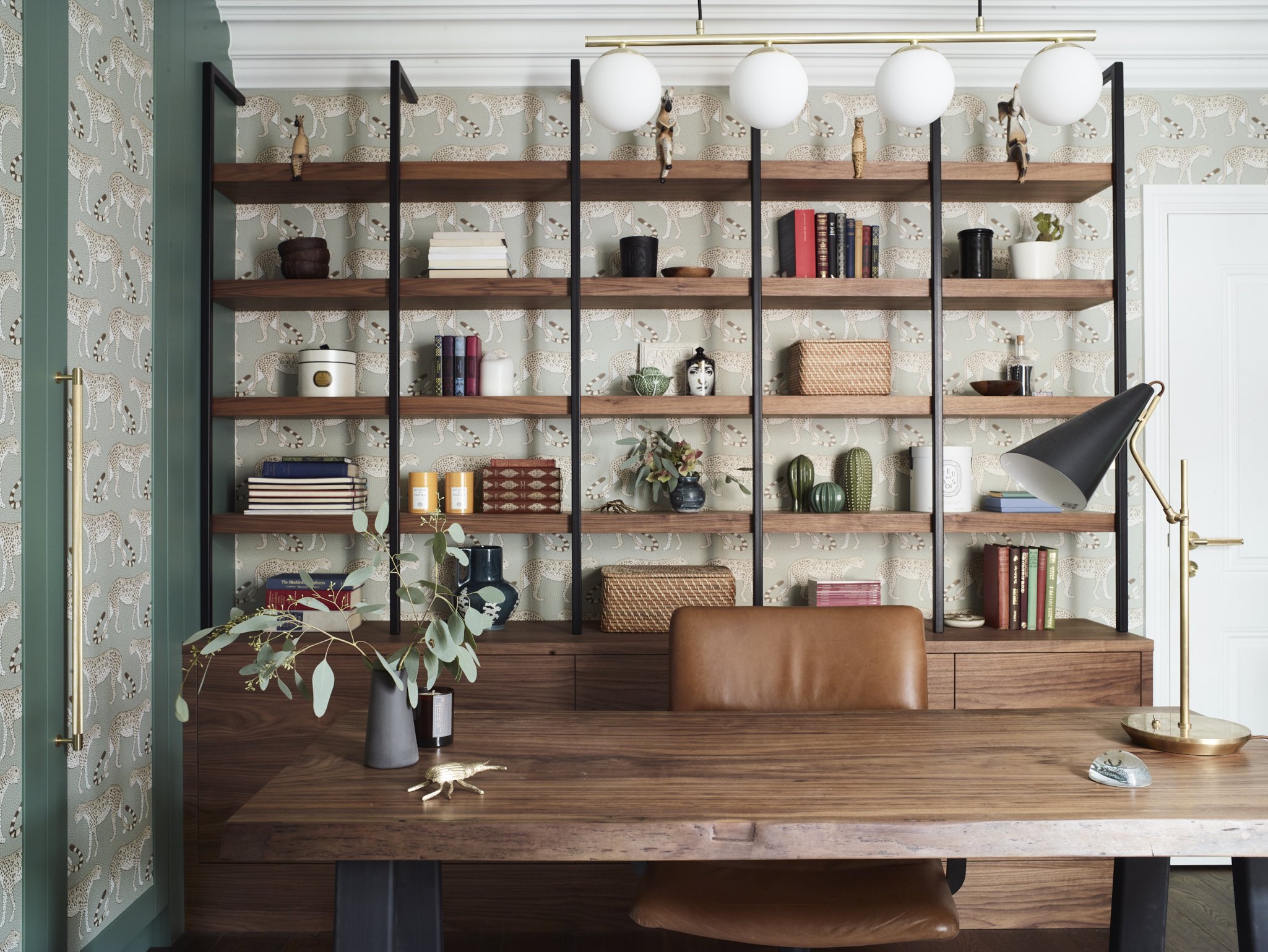Longevity in Design
“Our planet gives us a lot. It’s time to give back.”
As members of the 1% For the Planet we endeavour to create lasting designs with a long lifespan using excellent quality materials to minimise the harmful impact of refurbishing.
How Longevity Influences Design
Longevity is one of the keys aims within our sustainable values. Design trends come and go, but timeless design features will endure for years to come. This is the challenge we focus on within all our projects – to read between the lines of new and exciting trends to recognise features which are more likely to stand the test of time, work with the existing property features and our clients taste to minimise the need to replace our designs until wear and tear necessitate it.
One of the first things we think about when starting a design is our “3 R’s” - ‘Reuse, Refurbish, Repurpose’. If we can reuse, refurbish or repurpose existing characteristics of the property, such as coving, ceiling roses, internal doors and fireplaces, this saves items from being sent to landfill and helps reduce the cost of replacing.
Specifying high quality materials is also crucial to creating lasting designs – superior quality, natural materials have a timeless quality about them that improves with age – the ageing can create a patina which adds to the beauty of the material, versus man-made materials which often wear in a less elegant fashion. For example, the indentations in a wooden floor can add character, whereas scratches and marks to a laminate flooring will tarnish the appearance of the material.
In terms of colour palettes, we tend to lean towards neutral and warm shades for the main ‘shell’ of the design, adding in pops of colour, pattern and texture through the softer elements which can more easily updated with time. Colours inspired by nature also tend to feel more timeless than trend led.
Thornfield House - A neutral colour scheme on the walls with the colour injected in the furniture and accessories - almost all the furniture pieces for this project were re-used and re-upholstered, except for these emerald green velvet sofas which were custom made by British furniture-makers.
Tips for Designing Long Term
When designing room layouts and electrical plans, we aim to ‘future proof’ designs for the long term - for example, kid’s rooms with single beds should be wired to allow for kid’s eventually growing into teenagers with double beds and allowing for extra sockets in multiple locations to allow flexibility for room layouts to change. This is a much more cost-effective way in the long term and allows our client’s to update their furniture and room layouts without needing to re-wire and re-furbish the space. We tend to steer away from trendy technology as technology develops so quickly that often the simpler solutions are more long-lasting, for example, opting for standard switches and sockets over elaborate lighting control systems (although there is a time and a place for these).
When planning the layout, it is important to have a re-sale in mind - for example, if you plan to move in the next 5-10 years, consider keeping a bath in one of the bathrooms even if it is not something you use every day and keep bedrooms / office spaces as flexible as possible.
Eden House - Kid’s bedroom with minimal built-in wardrobes that can grow with our growing client
Craftmanship
We believe that working with quality, local craftspeople and artisans to create bespoke furniture pieces is an excellent way of designing for the long term. Good quality materials will age better and creating something truly unique and customised to our clients helps to tell a story and personalises a product so it’s something that our clients will want to keep with them forever, even if they move house.
Seville House - custom wardrobes and joinery and a bespoke-made walnut-wood desk from Konk Furniture
We believe that longevity is the best form of sustainability. If you’d like to speak to an expert about longevity in a new interior scheme, please get in touch with Pia and her team.



